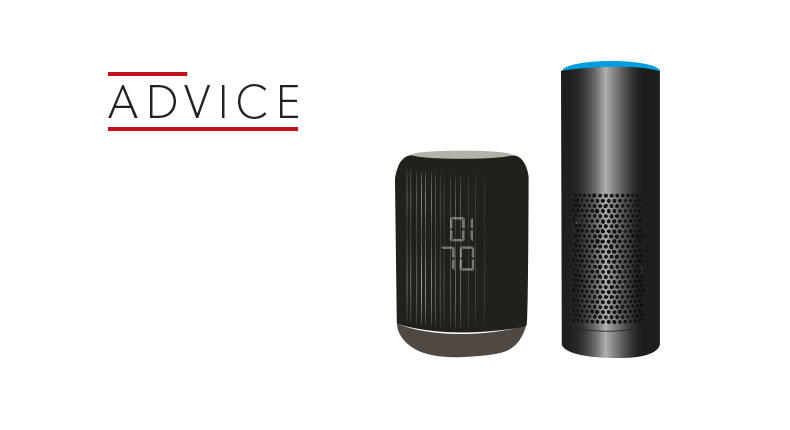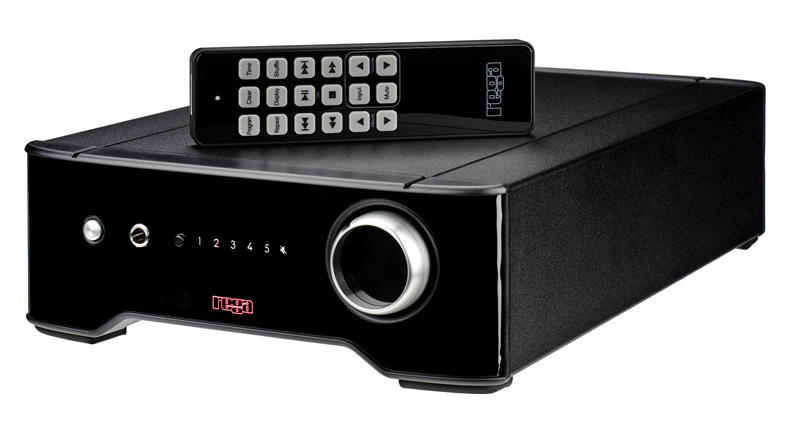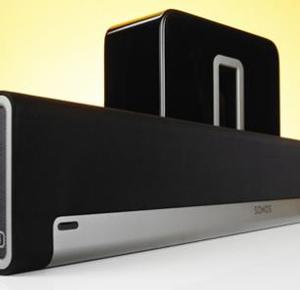If you’ve already purchased an amplifier and are now eyeing up your latest purchase with a view to getting started, you may wish to skip straight to the ‘system matching’ section.
But if you’re reading this before you’ve chosen the amplification needed to drive your system, you have an important decision to make. Do you go for an integrated amplifier or separate pre/power boxes?
The former is the most simple, convenient and space-saving option - it packs both pre- and power amplification into one chassis. This means everything has been tuned together, saving you the work that goes into matching separate amplifiers.
Two-box amplifiers, on the other hand, involve splitting pre-amplification (input selection and volume control, fundamentally) from power amplification (go on, guess). The idea is to keep the sensitive preamp circuitry (and the delicate audio signals flowing through it) away from the the electrically noisy high-current power amplifier section. Having separate power supply sections helps to improve the sound too. So this way you double your component-count but, as long as your pre- and power-amps function together sympathetically, you should enjoy better performance.














